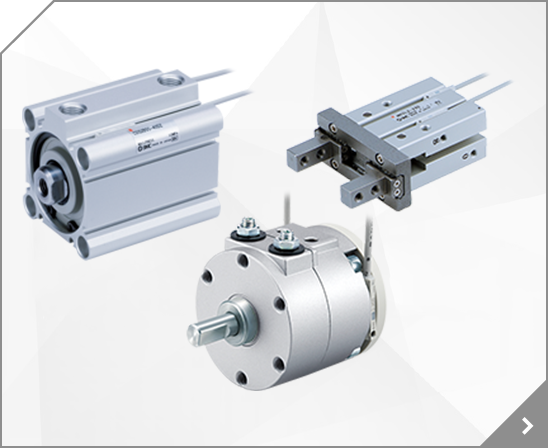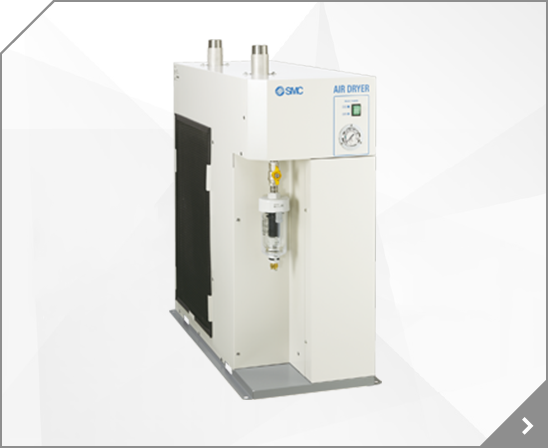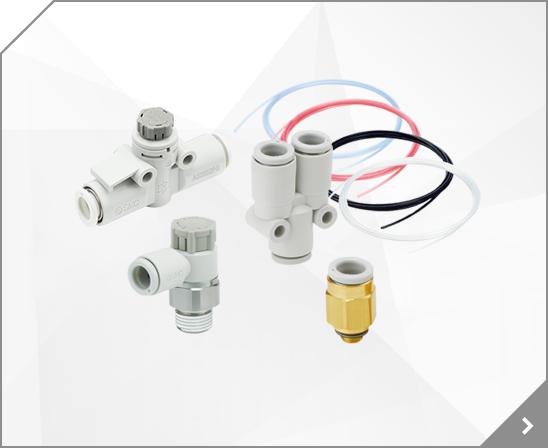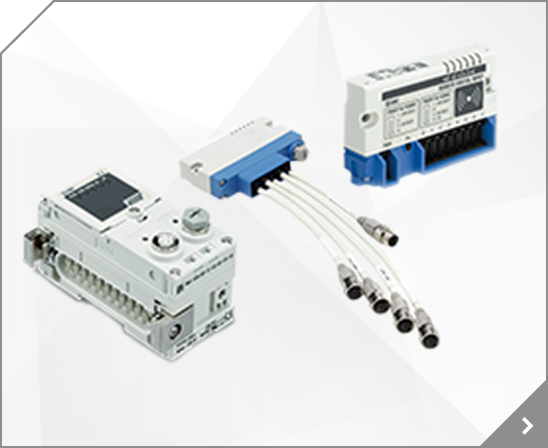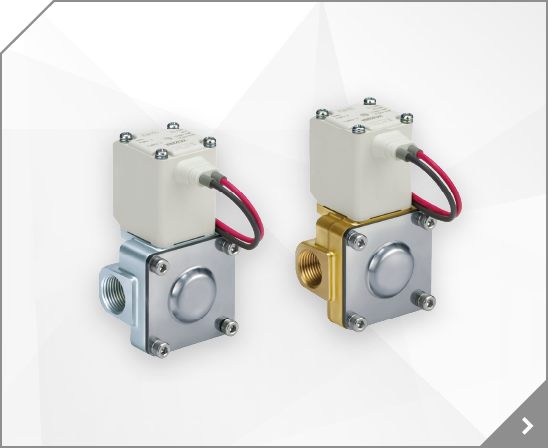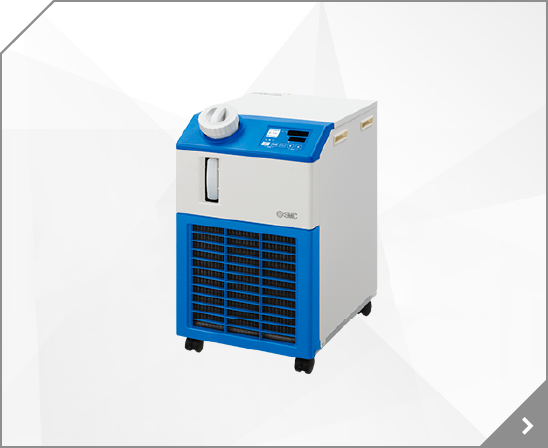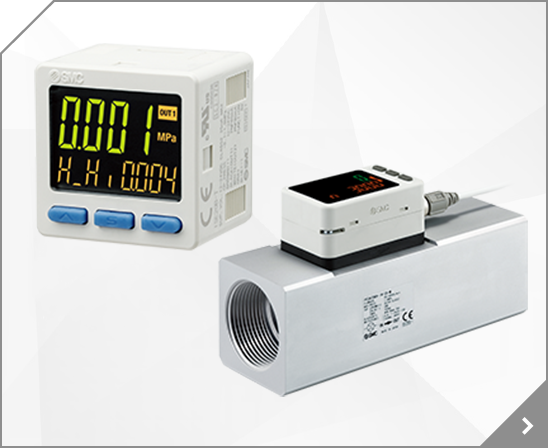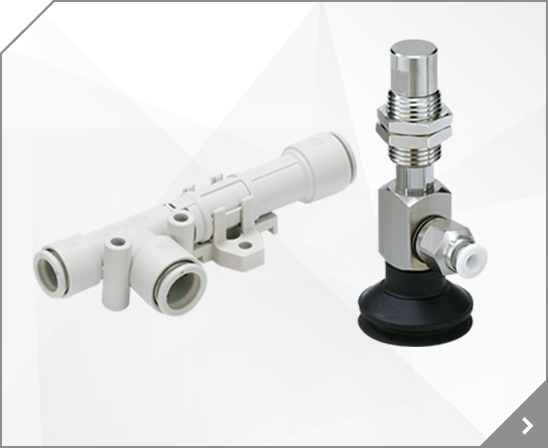
Magnet: None, Mounting: B (Basic), Type: N (Rubber Bumper), Bore: 25mm, Port Thread Type: TF (G), Stroke: 125mm, Thread: Male Rod End, Suffix for Cylinder: w/o Rod Boot
Magnet: None, Mounting: Z (Basic, w/o Trunnion Mounting, Female Thread), Cushion Type: N (Rubber Bumper), Bore Size: 20mm, Stroke: 125mm, Thread: Male Rod End
Magnet: D (Built-in Magnet), Mounting: G (Head Flange), Bore: 40mm, Port Thread: Rc, Stroke: 125mm, Cushion: Rod Boot None; Air Cushion on Both Sides
Magnet: D (Built-in Magnet), Mounting: B (Basic), Bore Size: 63mm, Port Thread: TN (NPT), Stroke: 125mm, Rod End Thread: Male Rod End
Magnet: D (Built-in Magnet), Mounting: T (Head Trunnion), Type: A (Air Cushion), Bore: 63mm, Port Thread Type: Rc (or M5, Depending on Style, Bore Size, and Thread Combination), Stroke: 125mm, Thread: Male Rod End, Suffix for Cylinder: w/o Rod Boot
Magnet: D (Built-in Magnet), Mounting: G (Rear Flange), Bore: 80mm, Thread: Rc, Stroke: 125mm, Rod Boot: None, Cushion: Air Cushion
Magnet: D (Built-in Magnet), Mounting: B (Basic), Cushion Type: A (Air Cushion), Bore Size: 40mm, Stroke: 125mm, Thread: Male Rod End, Rod Boot: None
Magnet: D (Built-in Magnet), Mounting: B (Basic), Bore Size: 100mm, Port Thread: TN (NPT), Stroke: 125mm
Magnet: D (Built-in Magnet), Mounting: U (Rod Trunnion), Type: A (Air Cushion), Bore: 40mm, Port Thread Type: TN [NPT ø20 to ø100 Rubber Bumper, ø32 to ø100 Air Cushion), Stroke: 125mm, Thread: Male Rod End, Suffix for Cylinder: w/o Rod Boot
Magnet: None, Mounting: U (Rod Trunnion), Type: N (Rubber Bumper), Bore: 32mm, Port Thread Type: TN [NPT ø20 to ø100 Rubber Bumper, ø32 to ø100 Air Cushion), Stroke: 125mm, Thread: Male Rod End, Suffix for Cylinder: w/o Rod Boot
Magnet: D (Built-in Magnet), Mounting: B (Basic), Type: A (Air Cushion), Bore: 63mm, Port Thread Type: Rc (or M5, Depending on Style, Bore Size, and Thread Combination), Stroke: 125mm, Thread: Male Rod End, Suffix for Cylinder: w/o Rod Boot
Magnet: D (Built-in Magnet), Mounting: Z (Basic, w/o Trunnion Mounting, Female Thread), Bore Size: 32mm, Port Thread: Rc, Stroke: 125mm, Rod End Thread: Male Rod End
Magnet: D (Built-in Magnet), Mounting: B (Basic), Type: A (Air Cushion), Bore: 32mm, Port Thread Type: Rc (or M5, Depending on Style, Bore Size, and Thread Combination), Stroke: 125mm, Thread: Male Rod End, Suffix for Cylinder: w/o Rod Boot
Magnet: None, Mounting: F (Rod Flange), Type: N (Rubber Bumper), Bore: 40mm, Port Thread Type: Rc (or M5, Depending on Style, Bore Size, and Thread Combination), Stroke: 125mm, Thread: Male Rod End, Suffix for Cylinder: w/o Rod Boot
Magnet: D (Built-in Magnet), Mounting: B (Basic), Type: N (Rubber Bumper), Bore: 40mm, Port Thread Type: TN [NPT ø20 to ø100 Rubber Bumper, ø32 to ø100 Air Cushion), Stroke: 125mm, Thread: Male Rod End, Suffix for Cylinder: w/o Rod Boot
Magnet: D (Built-in Magnet), Mounting: G (Head Flange), Cushion Type: N (Rubber Bumper), Bore Size: 25mm, Stroke: 125mm, Thread: Male Rod End
Magnet: D (Built-in Magnet), Mounting: B (Basic), Cushion Type: A (Air Cushion), Bore Size: 20mm, Stroke: 125mm, Thread: Male Rod End, Rod Boot: None
This is a legacy product. Please contact us for the latest version.sales@ocaire.com, AIR CYLINDER, ACTUATOR, CA1/CA2 TIE-ROD CYLINDER, PE, 63MM CA1 DBL-ACT AUTO-SW, 7.05479 lb
The MXQ precision slide is ideal for applications requiring closely held parallelism and perpendicular specifications. The table and bearing guide are integrated into one precisely machined part made of hardened stainless steel. This minimizes tolerance stack-up associated with multiple part assemblies, and affords height tolerances of +/-0.05mm. The bearing is a recirculating linear guide
The new style MGP has a shorter guide rod and thinner plate resulting in a weight reduction of up to 17% over the original MGP.??The series is designed for high side load applications found in material handling, lifting and stopping. The?cylinder utilizes an ultra-compact design by incorporating the cylinder body as part of the guide body. As the stroke length increases, so does the bearing
